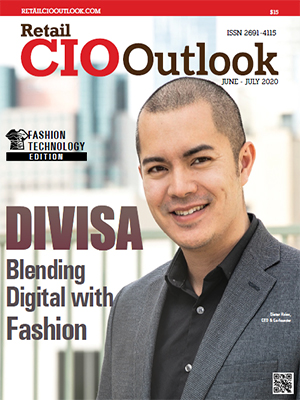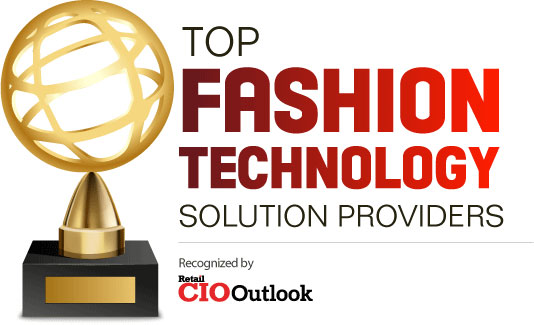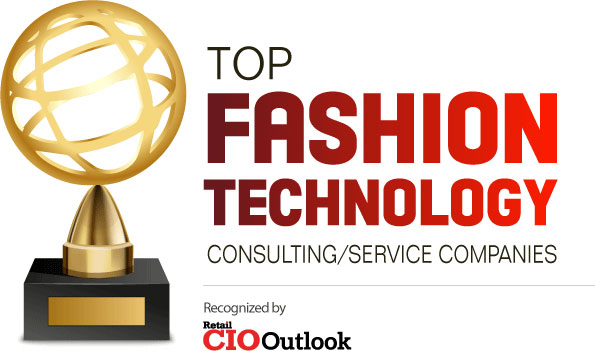From the invention of the sewing machine to the rise of e-commerce, the fashion industry has always been forward-looking and cyclical. Understanding customers' ever-changing demands and speeding up the time to market has always been an arduous task for them, but now the situation is taking a positive turn due to the rise in the usage of technology in fashion retail. Integrating interactive technology has transformed the dynamics of fashion retail. From robots that sew and cut fabric, to AI algorithms that predict style trends, to VR mirrors in dressing rooms, technology has been automating, personalizing, and speeding up every aspect of fashion.
Many technology providers have emerged over the years that are using advanced technologies like AI, ML, and data analytics to help fashion brands make smarter strategic decisions around product development and new business lines. With AI-based Chatbots as the new sales representatives, retailers can easily handle customer queries. These technologies have offered the fashion industry an enthralling customer shopping experience and satisfaction, simultaneously enhancing excellence in operation and cost savings. The fashion industry has seen some positive transformation with the advent of technologies like blockchain and wireless 5G technology. Blockchain has proved to be a great tool for transparency, traceability, and efficiency in the supply chain, while 5G promises of faster downloads and less latency.
Augmented reality and virtual reality tech are also increasingly being deployed to create digital experiences in stores and "in-store" experiences online. 3D printing has also been adopted in the industry, enabling fashion designers to enhance their designing processes and create quality products in no time. Digital knitting has also been making great strides in the 3D printing and offering a myriad of customization possibilities, allowing brands to edit designs and review changes instantly.
Many brands are also using automated storage and retrieval systems (ASRS) for stocking and transporting inventory to speed up production and minimize concerns around labor conditions in their facilities. Moreover, brands are increasingly deploying a combination of sensors, scanners, and cloud-based software to monitor and maintain inventory. Radiofrequency identification technology (RFID tagging) is another approach likely to see widespread adoption in the coming years for digital cataloging.
In this edition, Retail CIO Outlook has compiled a list of top 10 Fashion Technology Solution and Service Providers that deliver groundbreaking solutions and services, by harnessing the power of technology, to the ever-evolving fashion sector to help them tackle challenges, reduce workload, and increase efficiencies. We hope this issue of the Retail CIO Outlook helps you build the partnership needed to foster a technologically-driven fashion environment.
We present to you, Retail CIO Outlooks' "Top 10 Fashion Technology Solution Providers 2020."

















